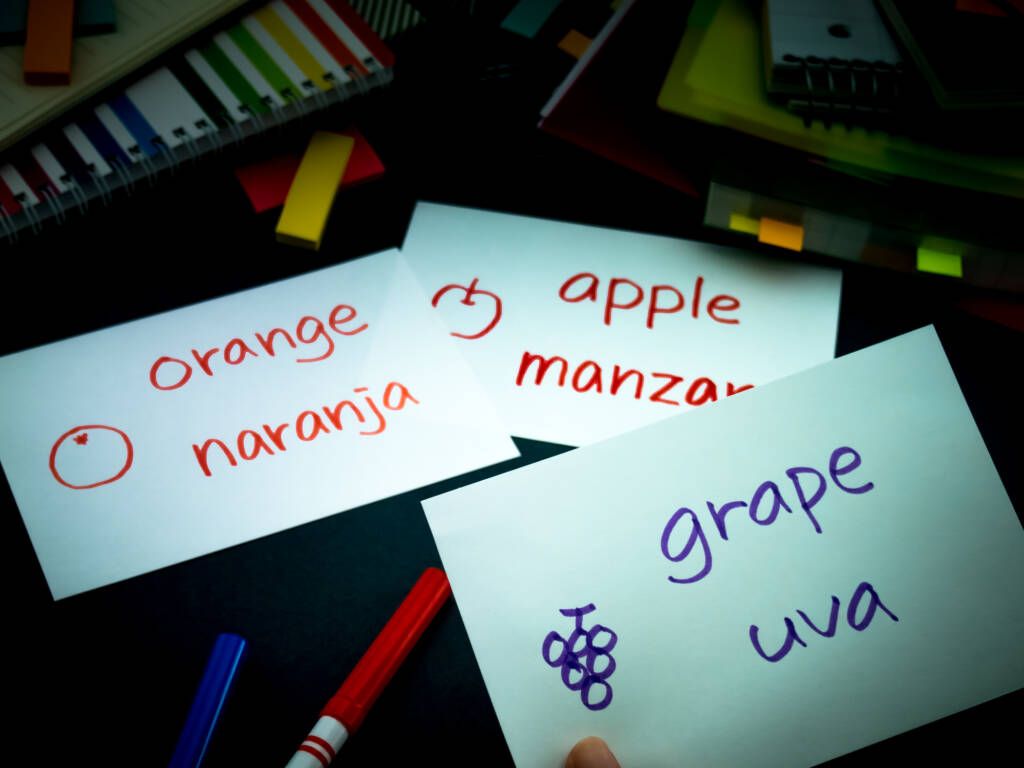
Elementary Spanish Level 3

Elementary Spanish is a fun and interactive way for students to learn about the Spanish culture and language. They will learn through engaging stories that help them understand the language in context. In the beginning, they will focus on listening and speaking skills, and later on, they will also learn to read and write in Spanish.
Elementary Spanish courses provide different types of learning materials and opportunities to practice speaking, reading, writing, and listening to the language. They also include reviews of previous lessons to reinforce learning. Each course is designed to connect students with the authentic culture of a specific Spanish-speaking region through art, celebrations, and traditions.
Please view the Elementary Parents Guide for Grades 3-5 with guidance on helping your student transition to online learning and thrive at VLACS.
Major Topics and Concepts
Module One
- The culture of the Caribbean
- The Caribbean Sea and islands
- Words and expressions related to age
- Greet formally and informally
- Summer clothing
- The letters/letter combinations q, qu, c (soft), and ch and their syllables
- Ordinal numbers
- How to say I want or don’t want something
- Sea animals in the Caribbean
- Indefinite articles
- Plurals
- How to say what I see and what someone else sees
- Water activities and different equipment used for water activities
- Prepositions en and con
- Compare words that are similar in student’s own language
- Talk about what someone is doing, where, and with what
- Asking and answering ¿cuántos años tiene?, ¿qué tienes?, ¿qué quieres?, ¿qué ve él/ella?, and
- ¿qué hace él/ella?
Module Two
- Directional words
- The letters ll and soft g and their syllables
- The Coquí song
- Legends and the Tainos legend
- Native American peoples of the Caribbean
- Compare native tribes in the Caribbean to native tribes where students live
- Foods and drinks
- Expressing likes and dislikes about foods and drinks
- Tropical fruits
- Multiplication and using multiplication to solve a problem
- The blends cr, cl, pr and pl including their sound and words that contain those blends
- Opposite words
- Regional words from the Caribbean
- Words associated with the rainforest
- A storybook about the Coquí
- Say where something is using está en
- Asking and answering ¿adónde va?, ¿qué ves?, ¿cuánto cuesta?, and ¿dónde está?
Module Three
- The blends pr, pl, dr, tr, br, bl, gr, gl, fr, and fl including their sound and words that contain those
- blends
- Day and night words
- Morning activities and routines
- The reflexive pronoun me
- El colibrí abeja
- Cuban culture
- Plurals of adjectives
- Polite words and phrases and using them in conversation
- The Cuban folktale El gallo de boda
- Command/action words
- Asking and answering ¿Cómo?, ¿qué haces por la mañana?, ¿cómo son?, ¿qué dices cuándo?,
- ¿qué hace?
Module Four
- Turtles and baby turtles
- Dominican culture and traditions
- Diphthongs
- Musical instruments used in merengue music
- Expressing that something is loud or quiet
- Directional words
- Occupations
- Famous Dominicans
- Biographies
- Dominican Republic treasures
- Amber resin
- Insects
- Hace mucho tiempo
- Morning activities and routine
- Nighttime activities and routine
- Turning on and off the lights
- The reflexive pronoun se
- Asking and answering ¿qué instrumento toca?, ¿qué hacen él y ella?, ¿qué buscas tú?, ¿qué hace, por la noche?
Course Materials
All levels of Spanish require independent reading skills. We recommend students begin Spanish sometime during grades 2 or 3, depending on their reading level. Those who are not yet reading independently can take the course, provided an adult is available to read material to the student.
To achieve success, students are expected to submit work in each course weekly. Students can learn at their own pace; however, “any pace” still means that students must make progress in the course every week. To measure learning, students complete self-checks, practice lessons, multiple choice questions, projects, discussion-based assessments, and discussions. Students and families are expected to maintain regular contact with teachers because, when teachers, students, and parents work together, students are successful.
Required Materials – Please view the list of materials before registering.
Competencies
Dipthongs, Evening Routine and Spanish Vocabulary for Turtles, Musical Instruments and Careers
I can identify vocabulary associated with turtles in Spanish. I can identify musical instruments used in Merengue music in Spanish. I can identify words associated with careers in Spanish. I can Identify types of insects in Spanish. I can interpret evening routine activities in Spanish. I can identify diphthongs with the letter i, a, o, u.
Directions, Letter Sounds and Spanish Vocabulary for Tropical Fruits, Math and the Rainforest
I can interpret directional words in Spanish. I can identify words associated with the native peoples of the Caribbean, los Tainos in Spanish. I can interpret tropical fruits in Spanish. I can interpret math words in Spanish. I can interpret words associated with the rainforest. I can identify the letter combinations of ll, ge, gi, cr, cl, pr and pl.
Letter Combinations, Indefinite Articles, Ordinal Numbers and Spanish Vocabulary for Water, Age and Clothing
I can identify vocabulary associated with the Caribbean Sea and Islands in Spanish. I can identify words and expressions related to age in Spanish. I can interpret summer clothing in Spanish. I can interpret the order of things seen using the indefinite articles in Spanish. I can identify types of water activities and equipment in Spanish. I can identify words with the letter combination of qu with e & i, soft c and ch.
Morning Routine, Plural Adjectives, Letter Blends,Commands and Spanish Vocabulary for Courtesies
I can identify activities done every morning in Spanish. I can describe words and expressions related to Cuban culture. I can compare the singular and plural adjectives in sentences in Spanish. I can interpret courtesy words in Spanish. I can interpret command words in Spanish. I can identify words with blends dr, tr, br, bl, gr, gl, fr, fl.

